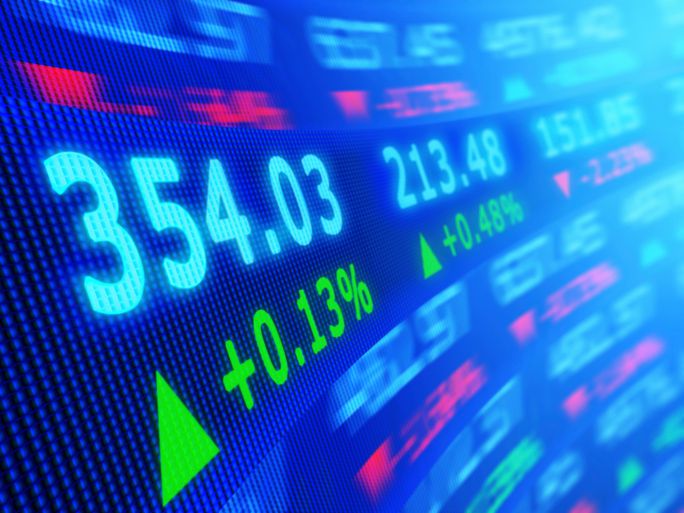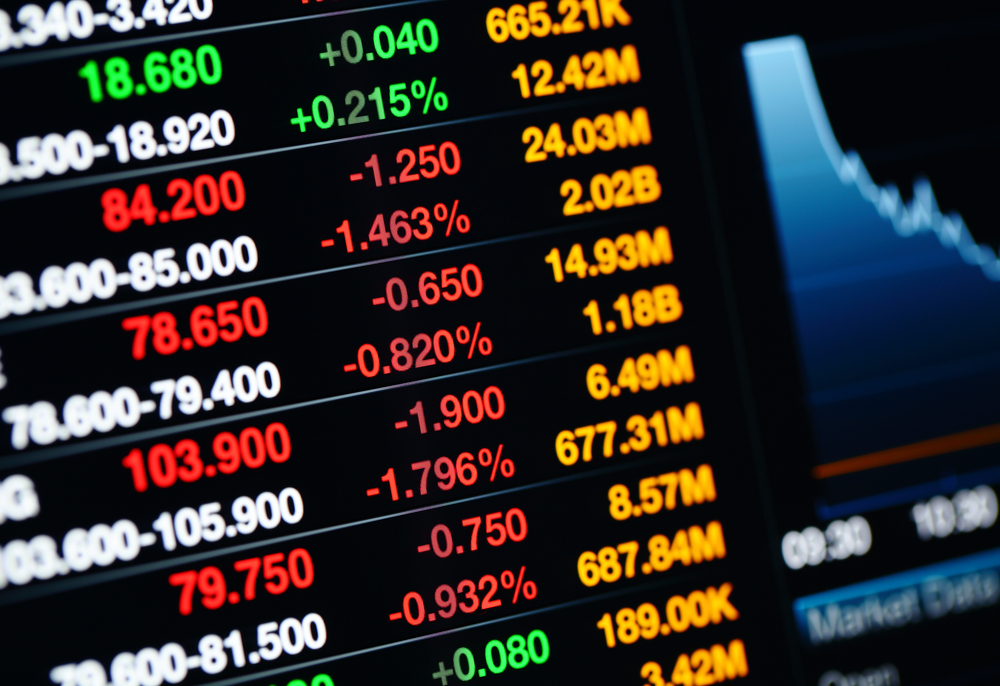
What is a Futures Contract?
In finance, a futures contract (more colloquially, futures) is a standardized legal agreement to buy or sell something at a predetermined price at a specified time in the future, between parties not known to each other. The asset transacted is usually a commodity or financial instrument. The predetermined price the parties agree to buy and sell the asset for is known as the forward price. The specified time in the future—which is when delivery and payment occur—is known as the delivery date. Because it is a function of an underlying asset, a futures contract is a derivative product.
Contracts are negotiated at futures exchanges, which act as a marketplace between buyers and sellers. The buyer of a contract is said to be long position holder, and the selling party is said to be short position holder. As both parties risk their counter-party walking away if the price goes against them, the contract may involve both parties lodging a margin of the value of the contract with a mutually trusted third party. For example, in gold futures trading, the margin varies between 2% and 20% depending on the volatility of the spot market.
The first futures contracts were negotiated for agricultural commodities, and later futures contracts were negotiated for natural resources such as oil. Financial futures were introduced in 1972, and in recent decades, currency futures, interest rate futures and stock market index futures have played an increasingly large role in the overall futures markets. Even organ futures have been proposed to increase the supply of much-needed transplant organs.
The original use of futures contracts was to mitigate the risk of price or exchange rate movements by allowing parties to fix prices or rates in advance for future transactions. This could be advantageous when (for example) a party expects to receive payment in foreign currency in the future, and wishes to guard against an unfavorable movement of the currency in the interval before payment is received.
However, futures contracts also offer opportunities for speculation in that a trader who predicts that the price of an asset will move in a particular direction can contract to buy or sell it in the future at a price which (if the prediction is correct) will yield a profit.
What is E-Mini?
E-minis are futures contracts that represent a fraction of the value of standard futures. They are traded primarily on the Chicago Mercantile Exchange’s Globex electronic trading platform. E-mini contracts were first launched in 1997 for the S&P 500 index with great success,[1] and are now available on a wide range of stock market indexes, commodities and currencies. As of April, 2011, CME lists 44 unique E-mini contracts,[2] of which approximately 10 have average daily trading volumes of over 1,000 contracts.
Some E-mini contracts provide trading advantages, including high liquidity (and therefore tight spread), greater affordability for individual investors due to lower margin requirements than the full-size contracts, and round-the-clock trading 23.25 hours a day from Sunday afternoon to Friday afternoon. Under U.S. tax law, E-minis may qualify as 1256 Contracts, and benefit from several tax advantages as well.
The risk of loss is also amplified by the higher leverage.

E-mini contracts
The table below lists some of the more popular E-mini contracts, with the initial and maintenance margins required by CME. Note that individual brokers may require different margin amounts (also called performance bonds).
| E-mini contract | Exchange | Ticker symbol | Multiplier | Tick size | Tick value | Initial margin | Maintenance margin | Average Daily Volume in 2018 |
|---|---|---|---|---|---|---|---|---|
| E-Mini S&P 500 (Dollar) | CME | ES | $50 | 0.25 | $12.50[ | $13,200 | $12,000 | 1,766,663 |
| Micro E-mini S&P 500 | CME | MES | $5 | 0.25 | $1.25 | $1,320 | $1,200 | |
| E-Mini S&P 500 (Euro) | CME | EME | €50 | 0.25 | €12.50 | €6,188 | €4,950 | |
| E-mini Dow ($5) Futures | CME | YM | $5 | 1 | $5 | $13,200 | $12,000 | 239,382 |
| Micro E-mini Dow | CME | MYM | $0.50 | 1 | $0.50 | $1,320 | $1,200 | |
| E-mini S&P MidCap 400 Futures | CME | EMD | $100 | 0.10 | $10 | $7,500 | $6,000 | 19,647 |
| E-mini S&P SmallCap 600 Futures | CME | SMC | $100 | 0.10 | $10 | $3,250 | $2,600 | 0 |
| E-mini NASDAQ-100 Futures | CME | NQ | $20 | 0.25 | $5 | $16,500 | $15,000 | 492,839 |
| Micro E-mini Nasdaq-100 | CME | MNQ | $2 | 0.25 | $0.50 | $1,500 | $1,500 | |
| E-mini NASDAQ Composite Futures | CME | QCN | $20 | 0.50 | $10 | $4,000 | $3,200 | |
| E-mini NASDAQ Biotechnology Futures | CME | BIO | $50 | 0.10 | $5 | $3,750 | $3,000 |
